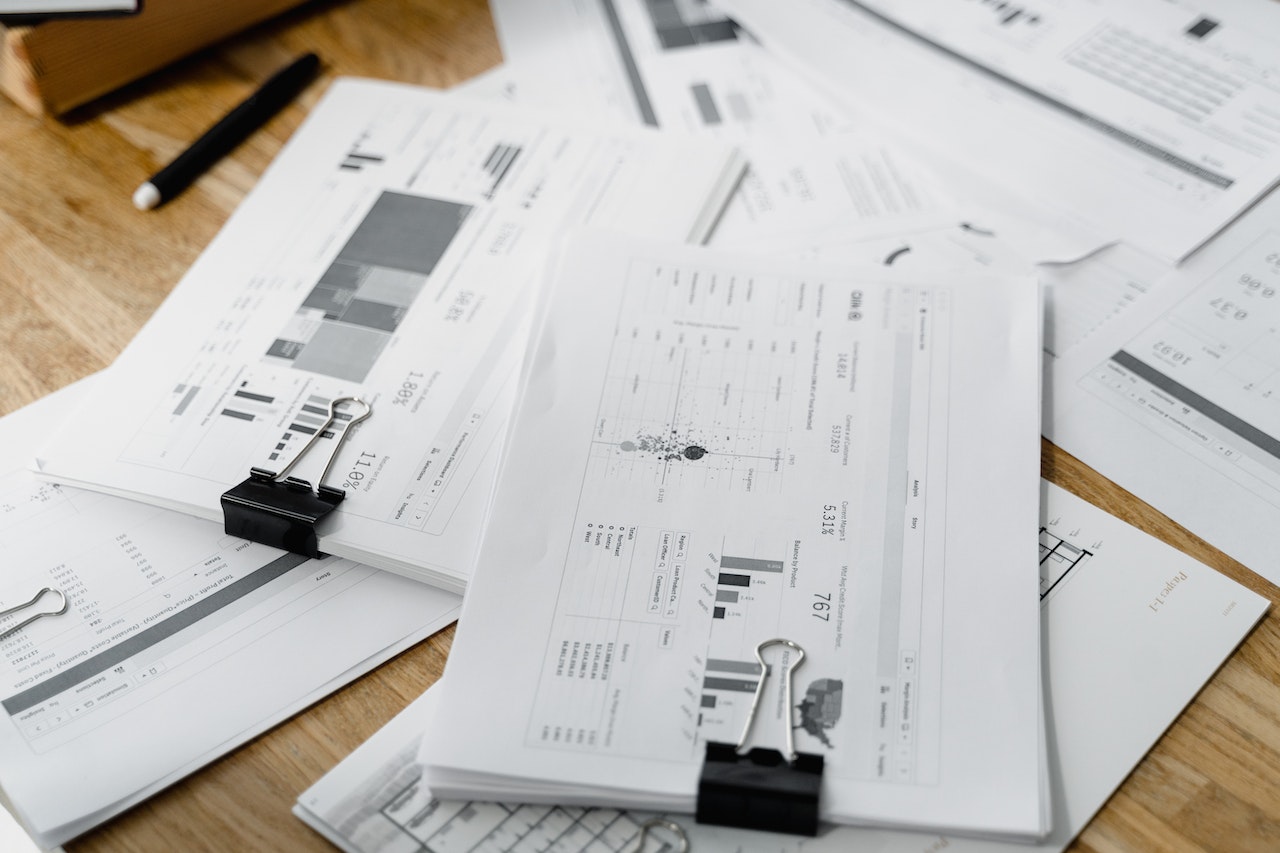A Director’s Loan Account (DLA) is an account that tracks the financial transactions between a company and its directors. In this article, we will explain what a DLA is, how it works, and the importance of maintaining accurate records.

Step 1: Understanding the Director’s Loan Account
A DLA is a record of all transactions between the company and its directors. It is a two-way street, meaning that it tracks both money paid to and received from the company by the director. This can include personal expenses paid for by the company, loans made to the director, and repayments made by the director.
Step 2: Identifying Transactions to be Recorded
All transactions between the company and the director must be recorded in the DLA. This includes any money paid to or received from the company, any personal expenses paid for by the company, and any loans made to or from the director.
Step 3: Recording Transactions
Each transaction must be accurately recorded in the DLA. The record should include the date, description of the transaction, amount, and whether it is a payment made to or from the director.
Step 4: Monitoring Transactions
The DLA must be regularly monitored to ensure that all transactions are recorded and that the account remains in balance. The director should review the account regularly to ensure that any discrepancies or errors are identified and corrected promptly.
Step 5: Reporting
The DLA must be reported on the company’s annual accounts and tax returns. The account should show the opening and closing balances, any transactions made during the year, and any interest charged on loans.
Step 6: Managing Overdrawn Accounts
An overdrawn DLA occurs when a director takes more money out of the company than they have paid in. This can cause problems for both the company and the director. The company must report any overdrawn DLA on its tax return and may be subject to tax penalties. The director may be required to pay back the money or face personal tax charges.
Step 7: Resolving Overdrawn Accounts
If a director’s account becomes overdrawn, steps should be taken to resolve the issue. The director may be required to repay the money or make arrangements to pay it back over time. In some cases, the company may be able to write off the debt, but this must be done correctly to avoid tax implications.
Step 8: Avoiding Misuse
A DLA can be misused if not managed correctly. Directors must ensure that all transactions are accurately recorded and that the account remains in balance. They must also ensure that the account is not used for personal expenses or loans that are not related to the business.
Also Read : What Is Financial Management Centre. & Bookkeeper Canterbury
Conclusion :
A Director’s Loan Account is a record of all transactions between a company and its directors. It is important for directors to understand how it works and to maintain accurate records to avoid tax penalties and other problems. By following these steps, directors can ensure that the DLA is managed correctly and that their company’s finances remain in good order.


